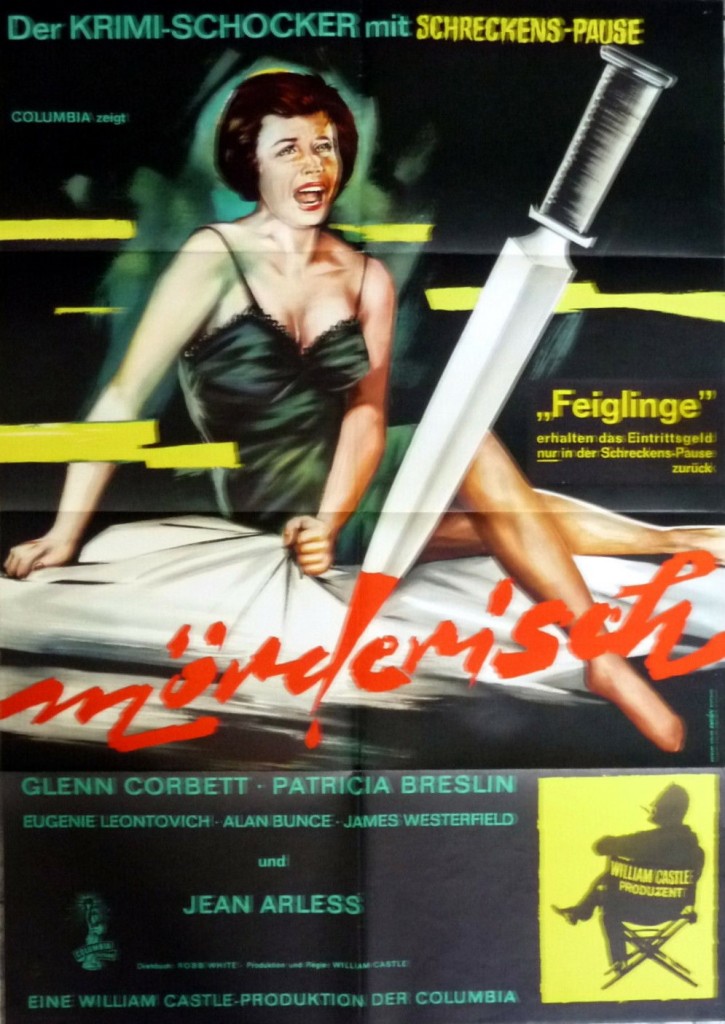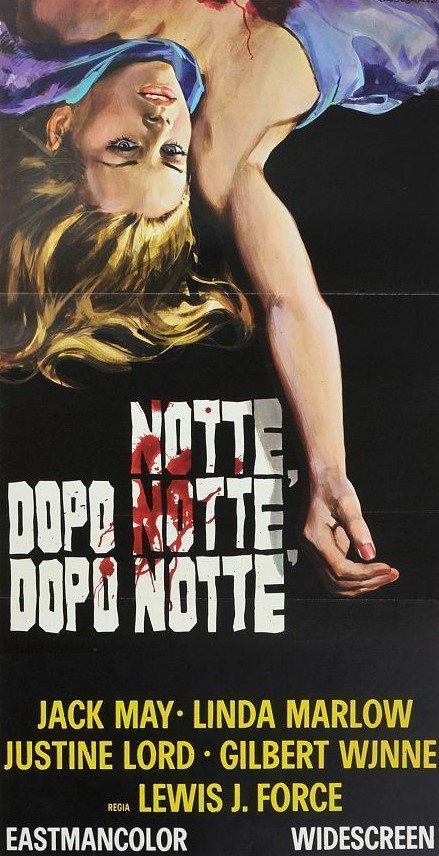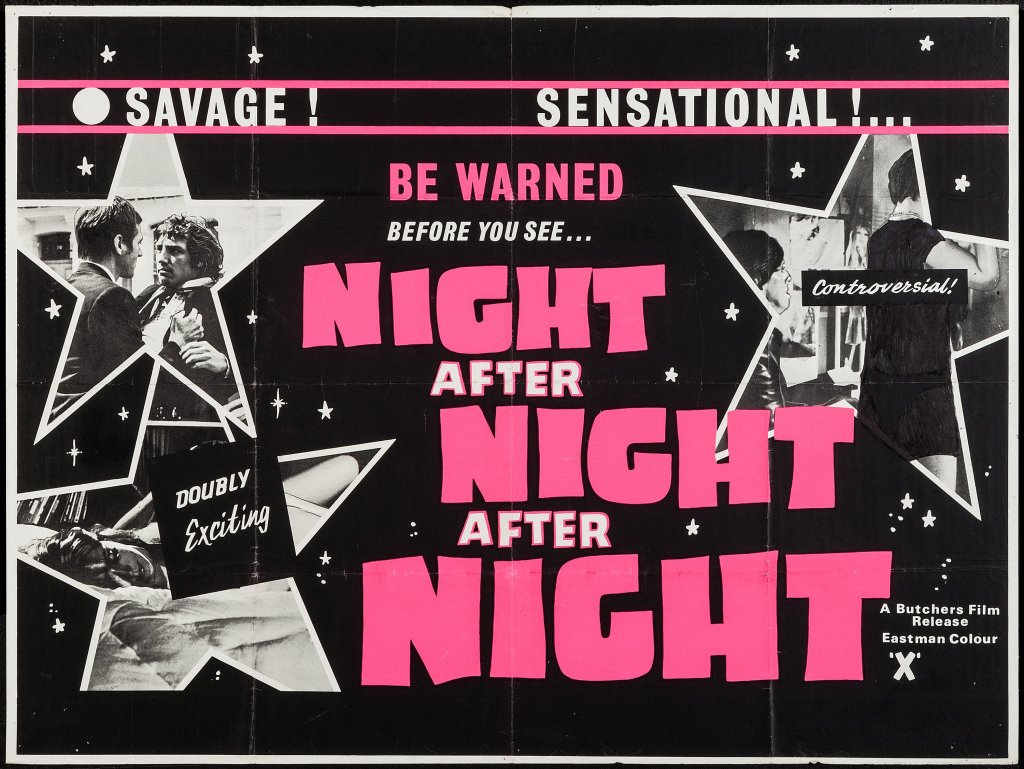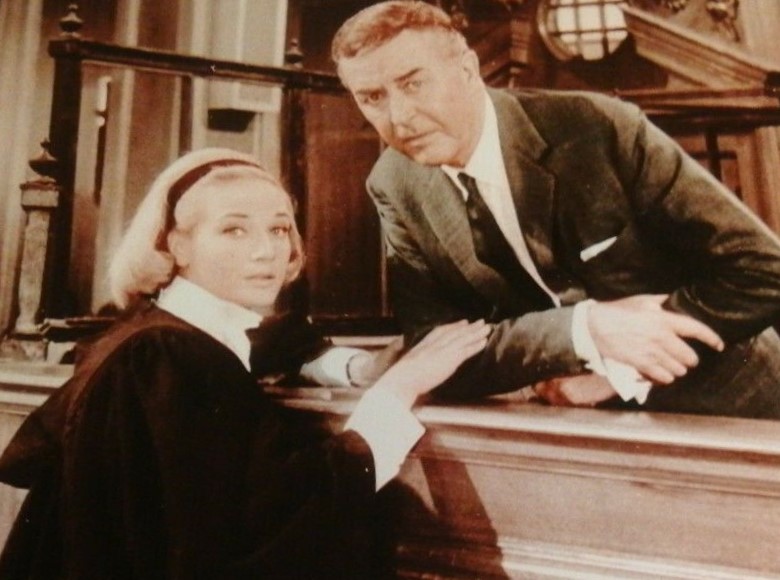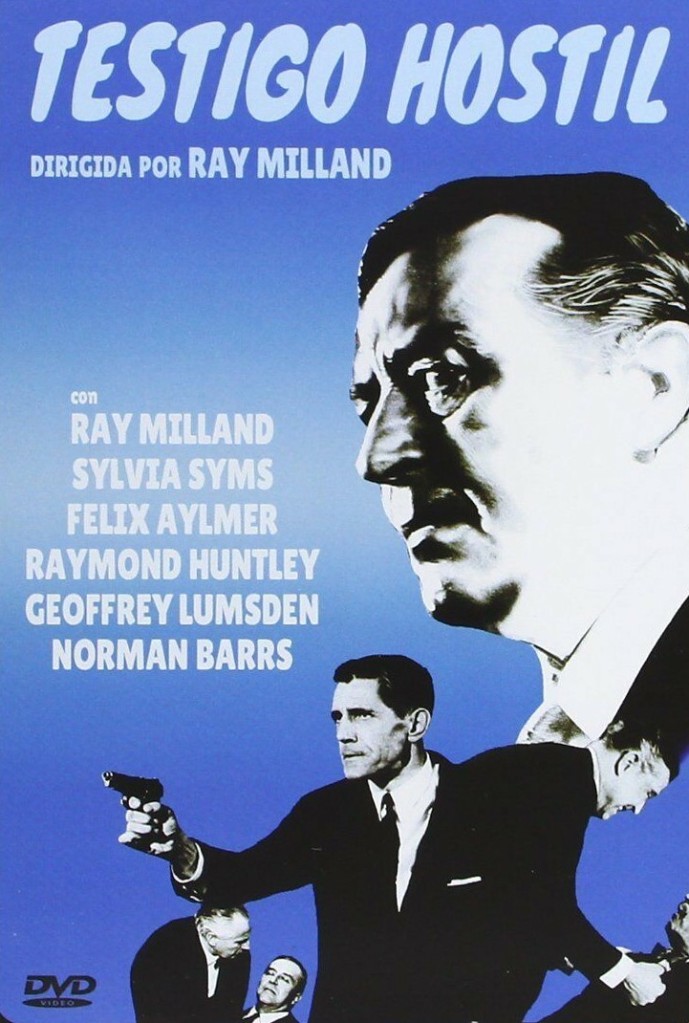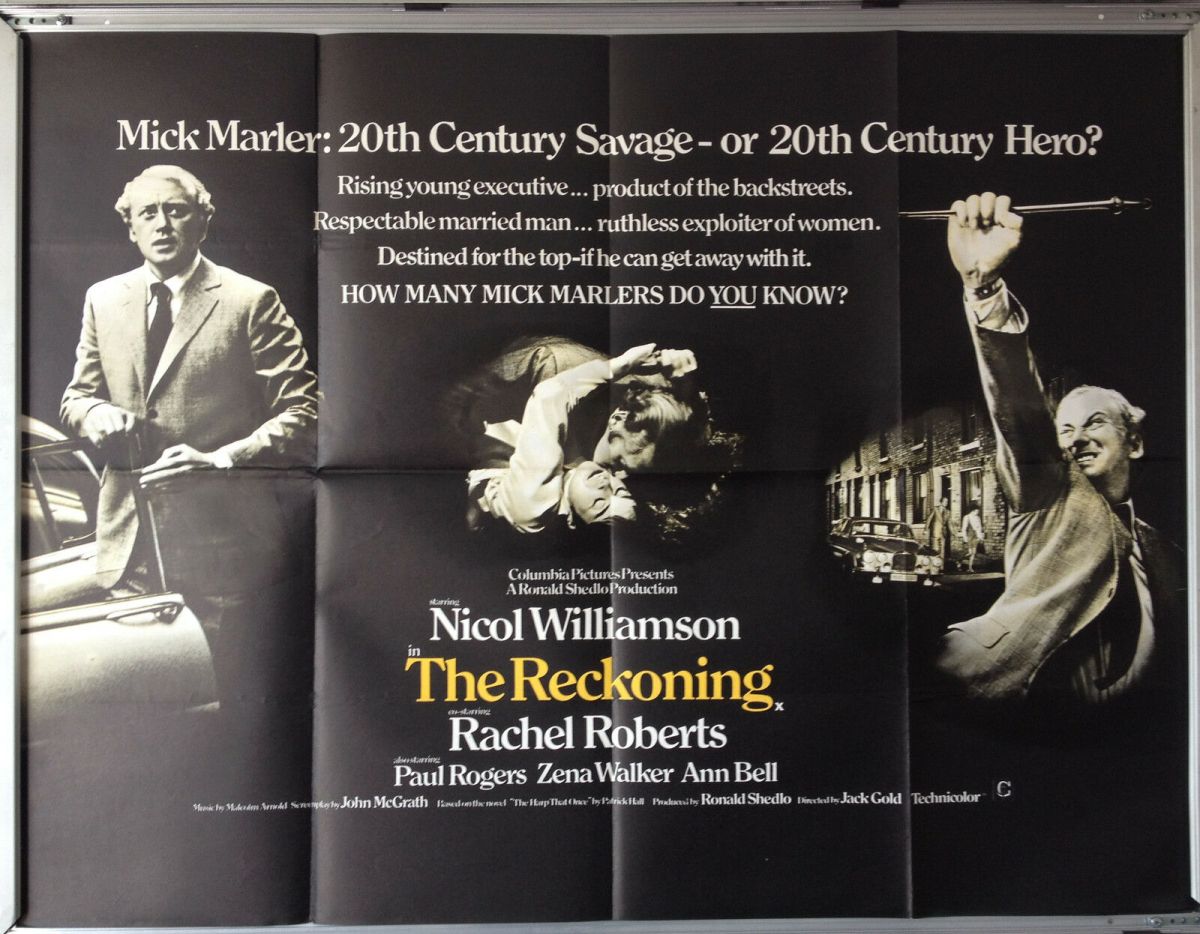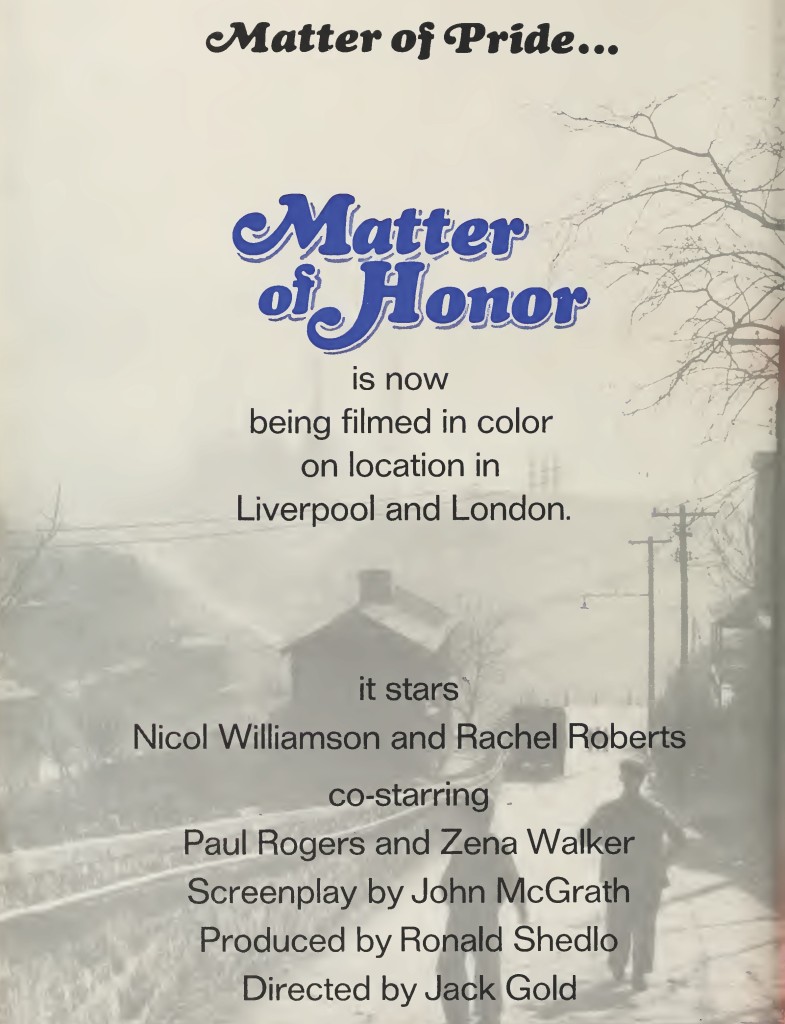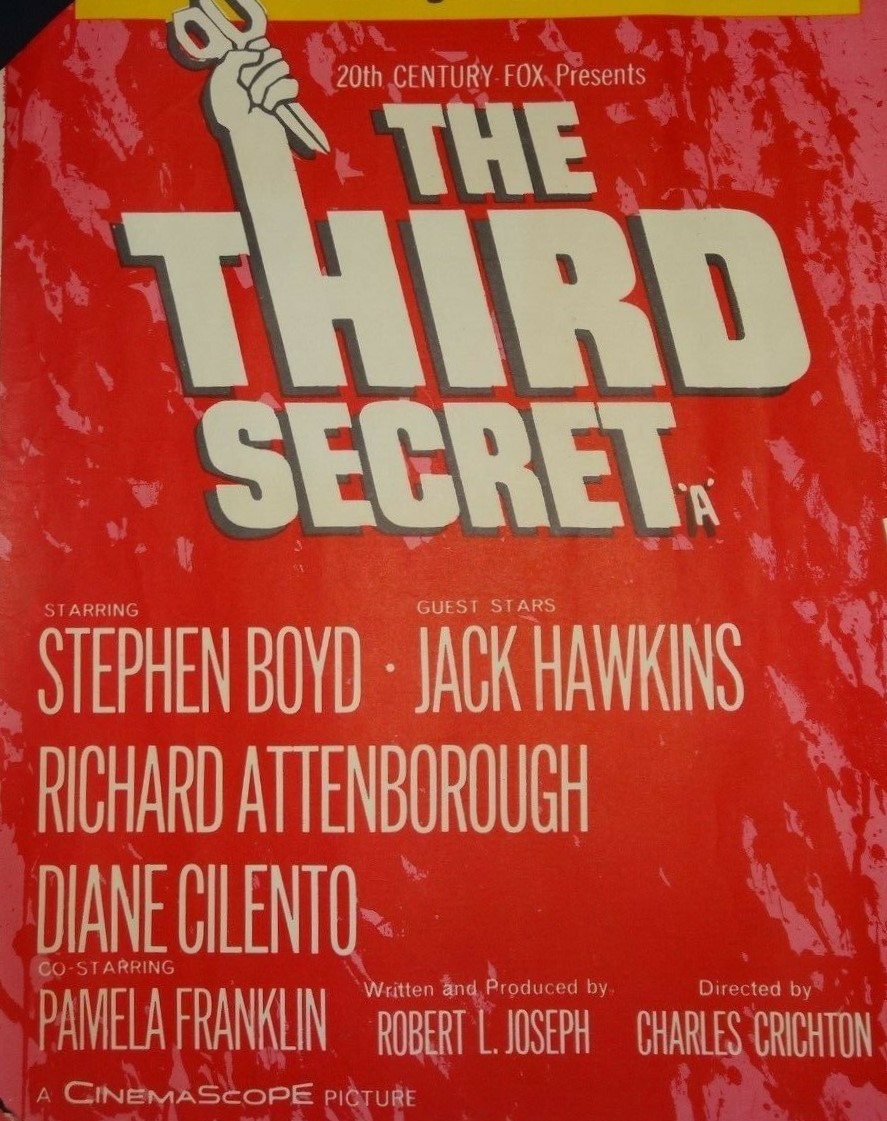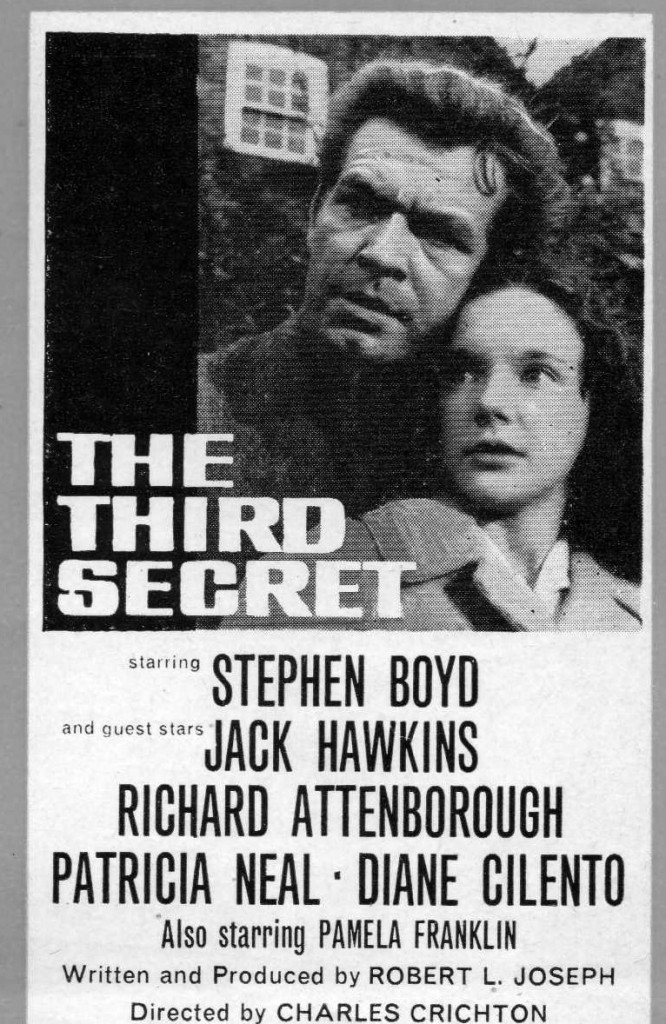Not since Basic Instinct (1992) has there been such an obvious connection between sex and murder. Slow-burn French film noir throwback, every twist, unusually, is matched by emotional resonance. Over six episodes this turns into an absolute cracker with several shocking scenes and, for once, a post-credits scene in the final episode worth waiting for.
You do however need to give this time. The first episode is mostly confusing as it sets up the three main strands. But episode two contains such a revelatory twist thereafter you’re on a rollercoaster.
In the present day ex-con acclaimed but impoverished novelist Adrien (Nicholas Duvauchelle) takes up a not particularly well-paid ghost-writing job listening to grizzled old fella Albert (Niels Arestrup) recount his memoirs. Adrien, on the jealous side, has a tangled relationship with partner Nora (Alice Belaidi). Also in the present day a couple of cops, Carrell (Sami Bouajila) and Mathilde (Marie Denarnaud), are working on a cold case, the death of renowned photographer Steven Powell.
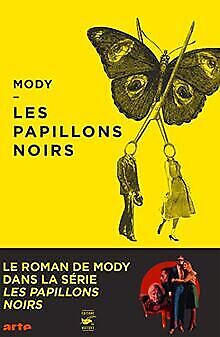
Running parallel with these two tales we go delving into the romantic past of Albert and in particular his relationship with Solange (Alyzee Costez) back in the 1970s when the entire world was on a massive experimental binge. A couple of other elements pop up from time to time, a small boy and his mother, Adrien and his stepfather, and an artist/tattoo artist Catherine (Lola Creton).
Eventually, it all comes together and when it does it packs an incredible punch, a real emotional wallop, as the lives of all concerned are turned upside down.
And while there is most definitely twist upon twist upon twist, what raises this above most movies/programs that rely just on twists, is the emotional impact of such changes, and above all, characters seeking identity, trying to work not just who they are but whether they like or are repelled by the characters they have become.
Chock-full of atmosphere, this will have you hooked from the incredible second episode which tumbles full-tilt boogie into a dazzling mysterious past. Mostly, it takes place in France but just for the hell of it we race to Brussels and Genoa, and timewise, there’s an important element that takes place at the conclusion of the Second World War.
Everyone is damaged one way or the other and as the series progresses you realize just how damaged. And one of the best parts of the series is that lives that should collapse under the weight of such heavy emotions find themselves taking an alternative route that occasionally provides solace and occasionally dodges the issues enough to keep them steady. But, of course, nobody can escape the past.
While this is definitely on the raunchy side, it does set out to show the part sex plays in the lives of the characters, whether emotional crutch, expressing the full joy of falling in love, or desperate measure.
The characters are well-drawn, and as new personality details emerge, they take the story in different directions. In some respects it’s grounded by Albert, the kind of old guy who really knows how to smoke, slipping the cigarette into his mouth old-style, sucking the life out of it, and for all his obvious dodginess a genuine human being seeking respite and redemption.
What Adrien discovers relates only too well to what he suspects about his own instincts and so he is as much disgusted as revelling in each new discovery. An ex-kick boxer, one of the running motifs is not so much being up for the fight, or in true private eye mode being able to hold your own in the fisticuffs department, but willing to accept physical punishment. That is matched by an understanding of the toll emotions can take on your life, especially if you lack the mental capacity to defend yourself against such intrusions.
And at the heart of the story is the mysterious, seductive, beautiful Solange, a different kind of femme fatale, perched atop beguiling innocence, at times unaware of the passions she unleashes, and yet, trying to find a way out of her own spiralling emotions, internal conflict typified by undergoing various abortions while so desperately wanting a child that she plays interminably with a doll’s house, her own reaction to the sexual act buried deep in her past.
I’ll admit the first episode is at timse heavy-going as writer-directors Olivier Abbou (Get In, 2019) and Bruno Merle (The Lost Prince, 2020) set out their complex stall, but the second episode is such a humdinger it more than makes up for it. The contrast between the free-wheeling free-spirited 1970s and the grungy contemporary look where responsibility brings an edge to everything is very well done. But while the violence would do Tarantino proud, contemplation of the creative process is as considered.
It probably helps that I’m unfamiliar with any of the actors because for me they carry no screen baggage. Nicholas Duvauchelle (Lost Bullet, 2020) carries off his first top-billed role superbly, making a terrific transition from a character almost playing a part to one who wishes he had done a better job of remaining an ordinary guy. On the basis of this, Hollywood should come calling for veteran Niels Arestrup (A Prophet, 2009) any time they’re looking for a crusty supporting actor.
Alyzee Costee, in her biggest role to date, certainly announces her presence, presenting the most complicated character of the lot, daughter, lover, mother, possibly the most intriguing female character of all time, beauty matched with fragility matched with toughness matched with an agility to switch persona at dizzying speed. This is what Netflix is best at, investing in foreign television programs, or just sticking their name on them, to bring them to global attention. This is definitely worth a wider audience


